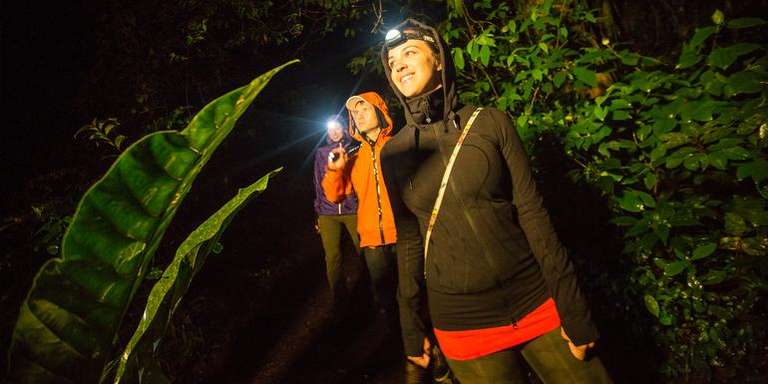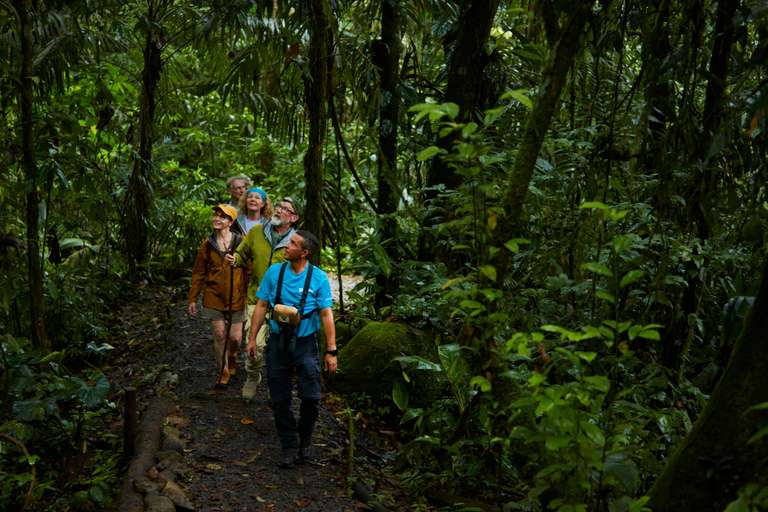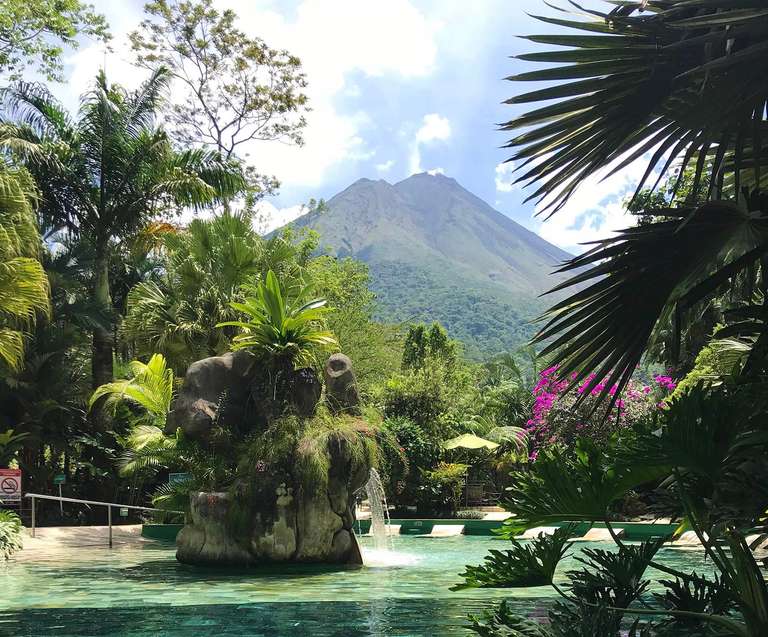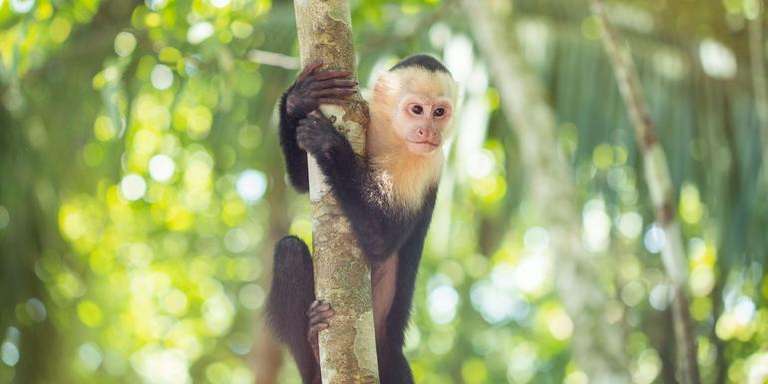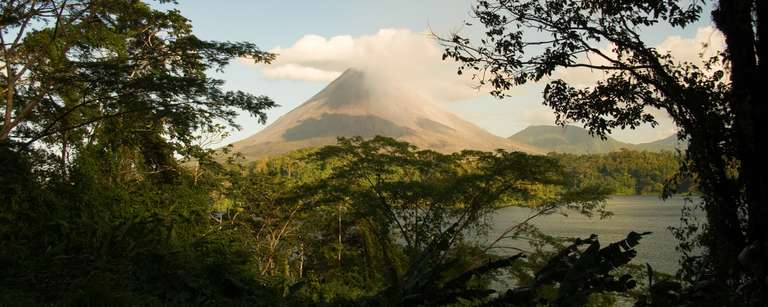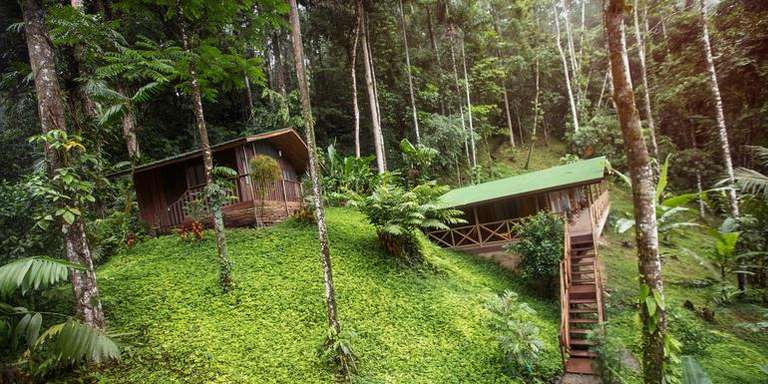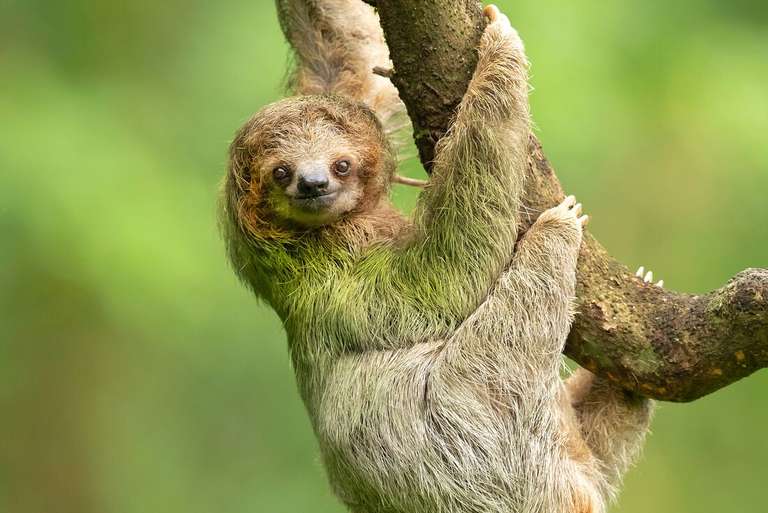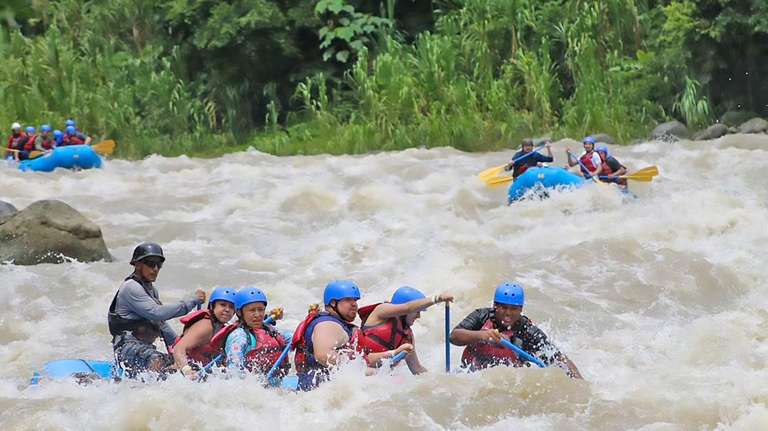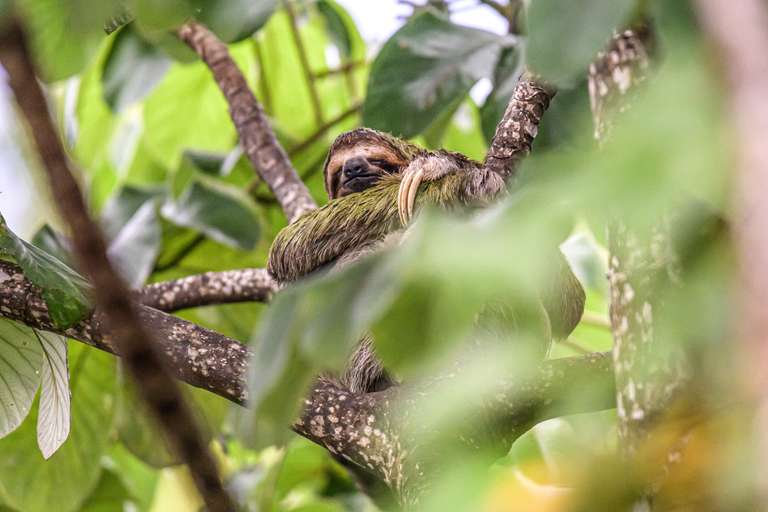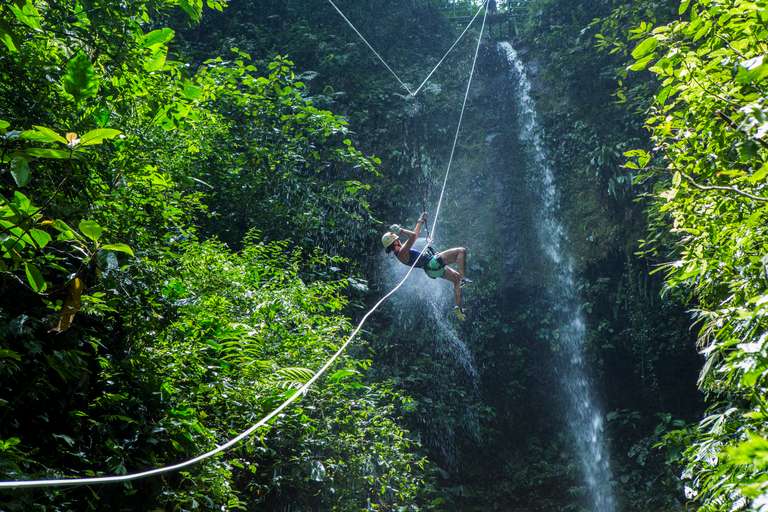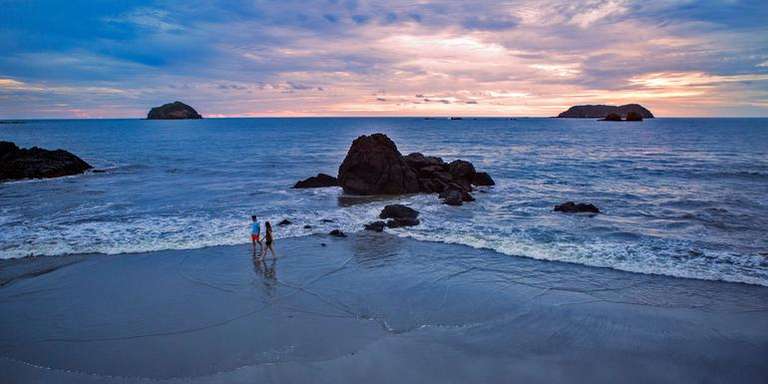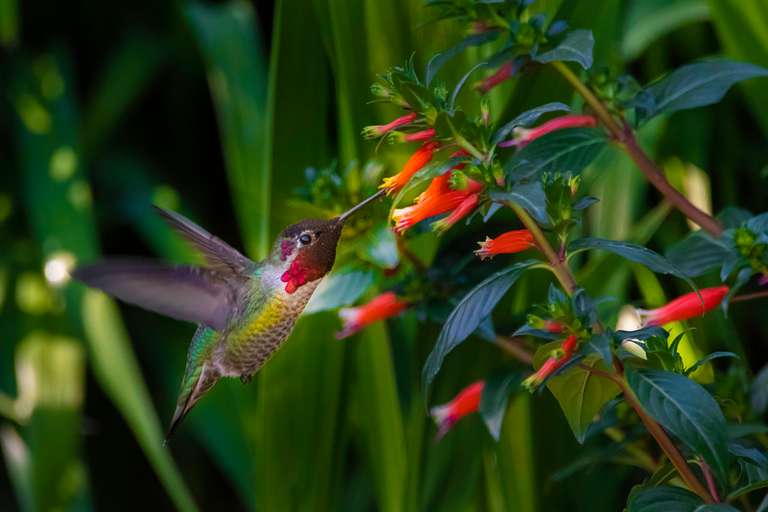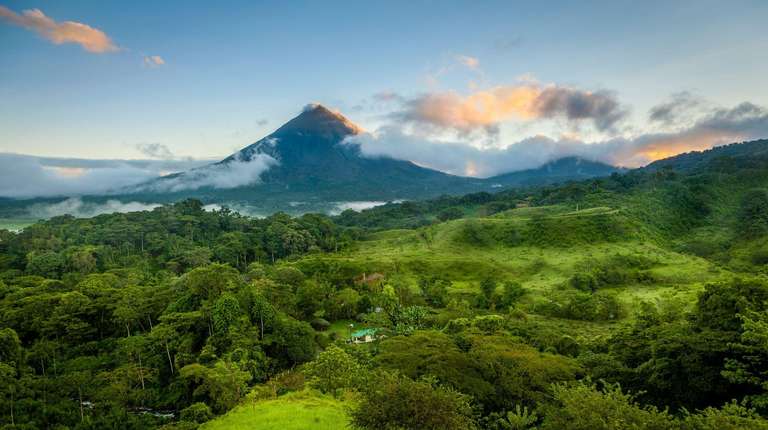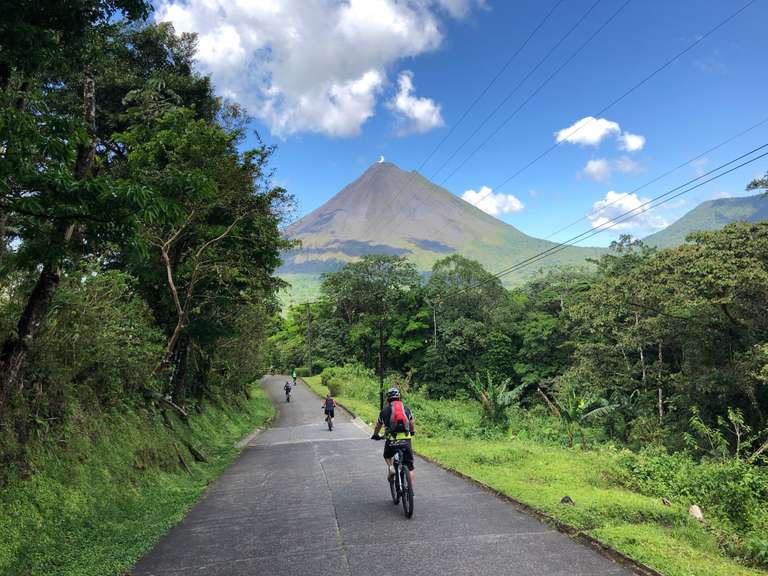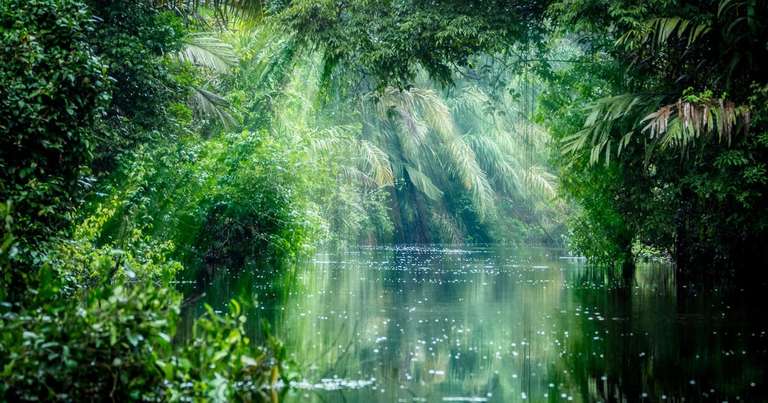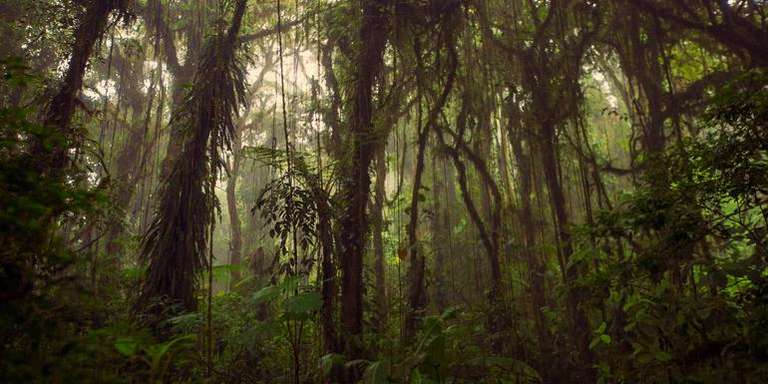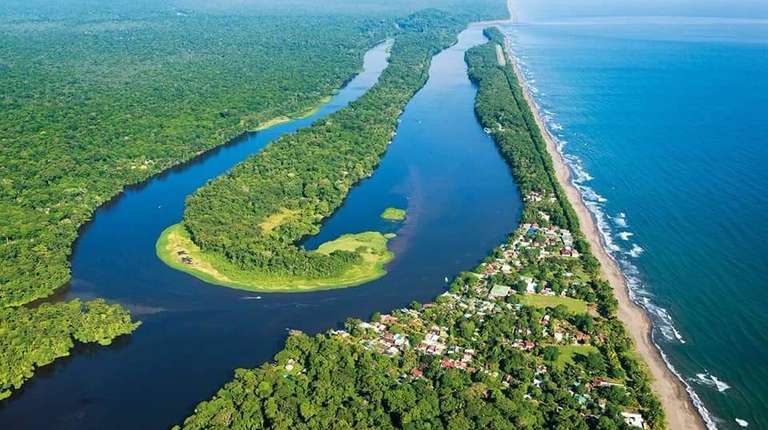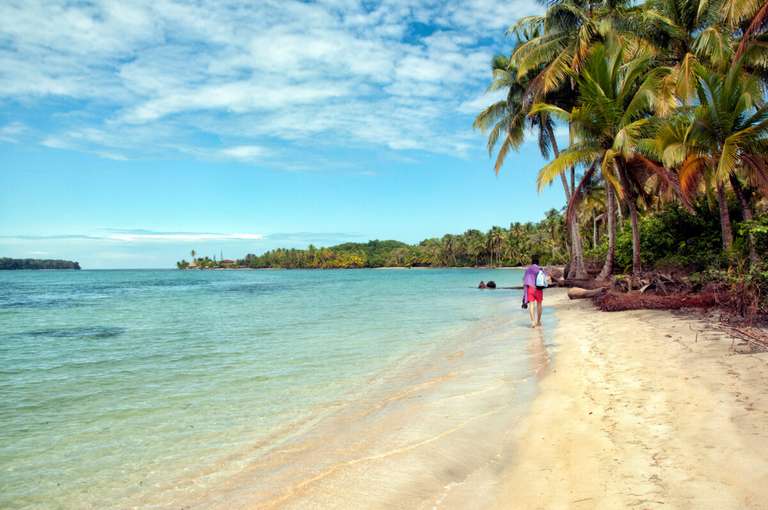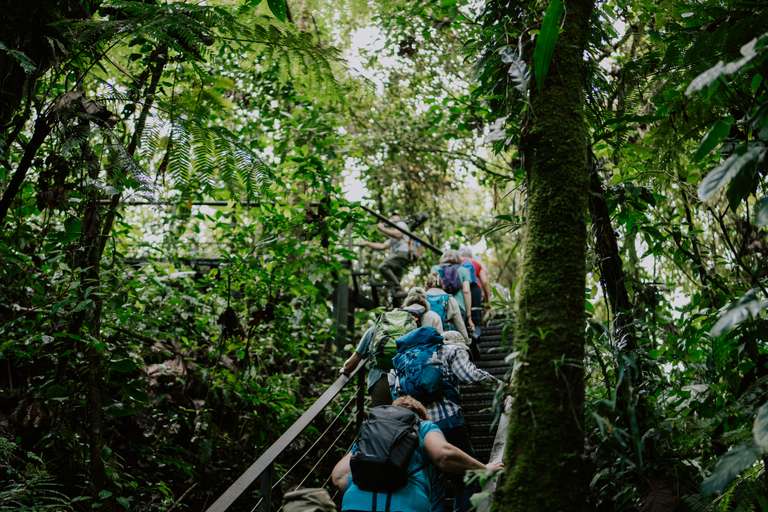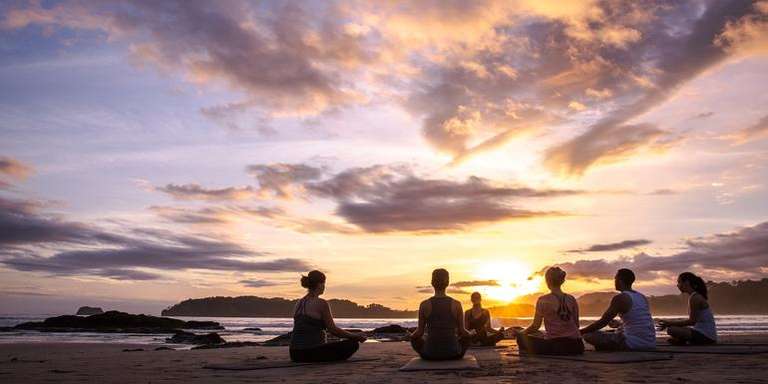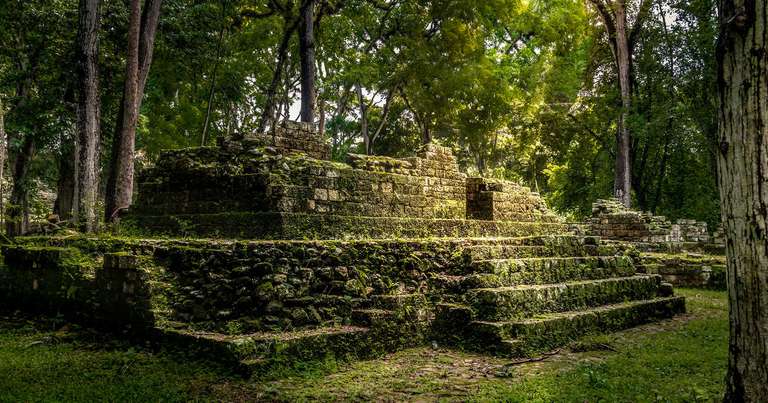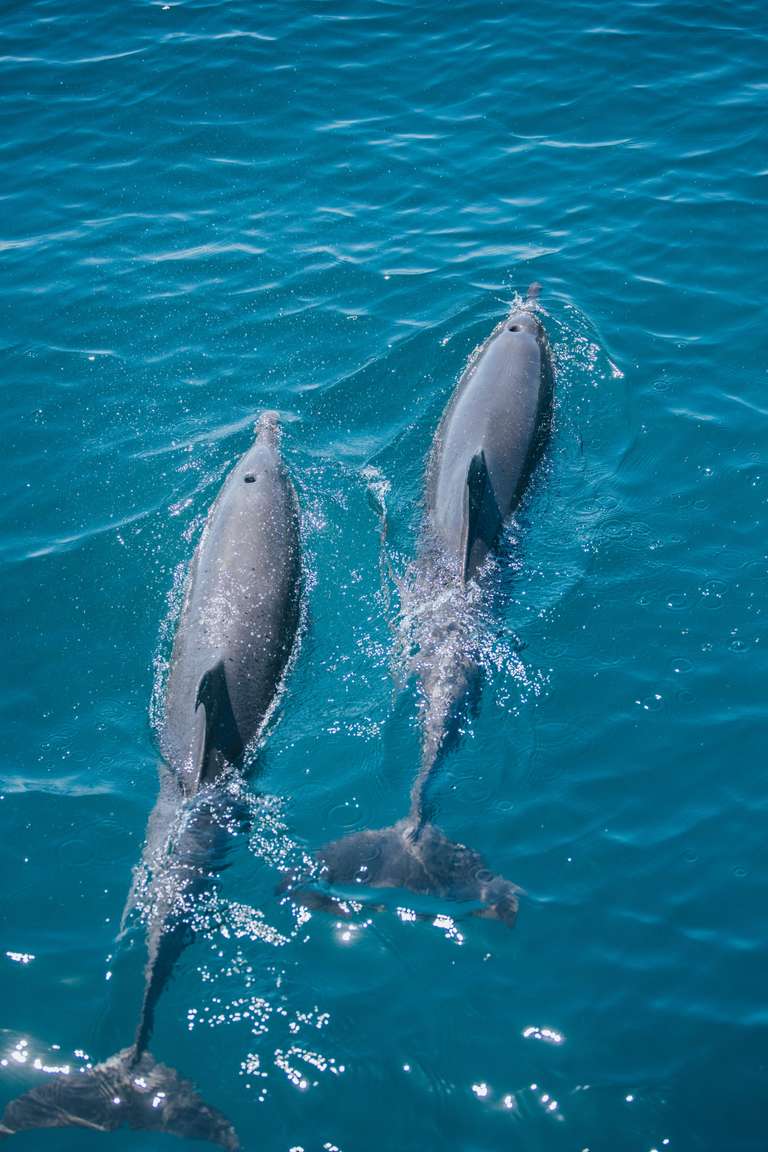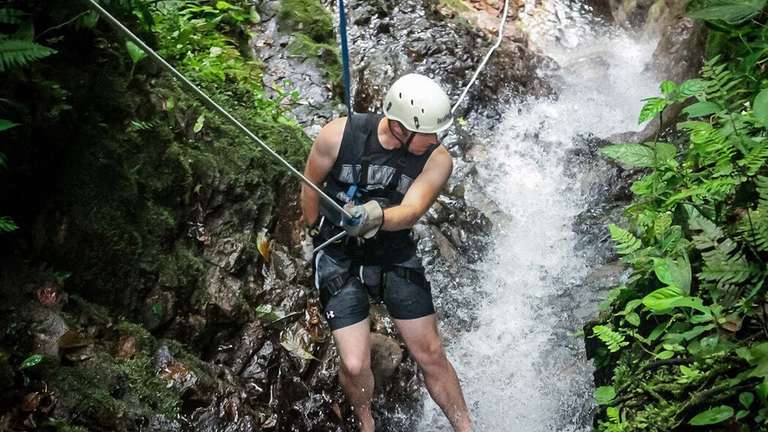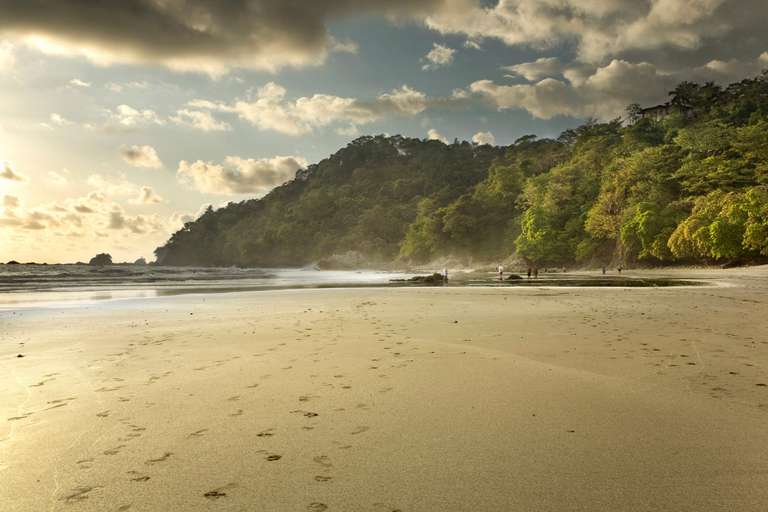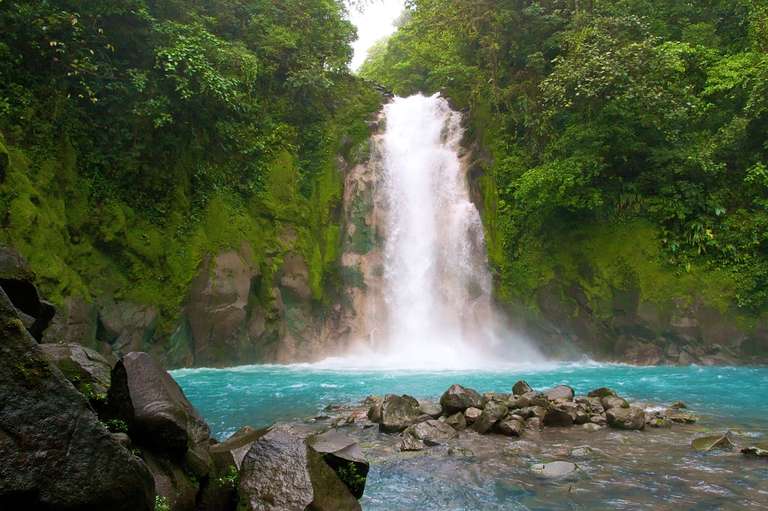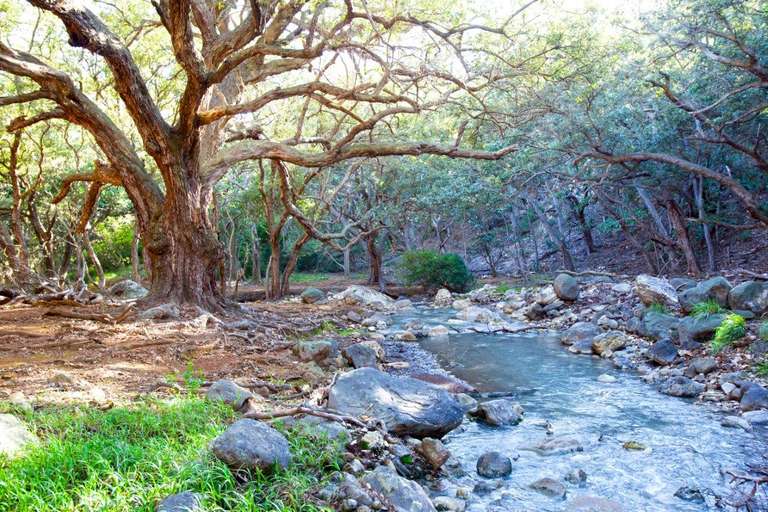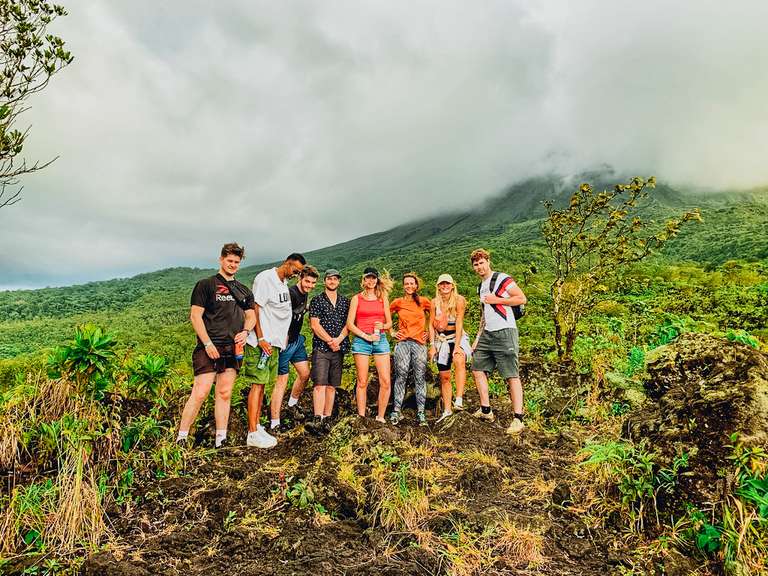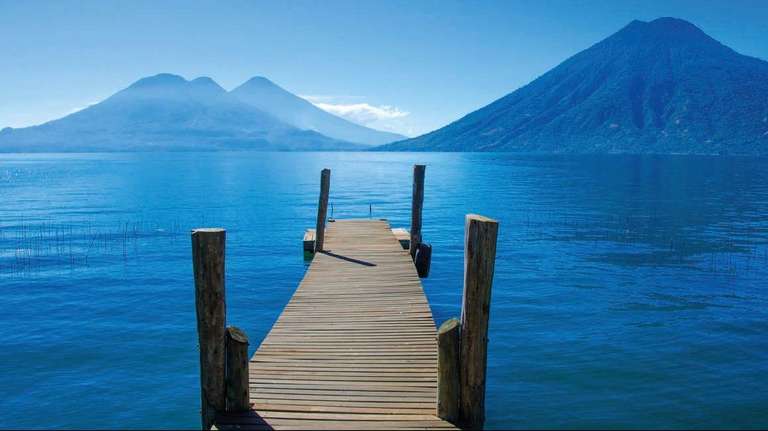7 Best National Parks in Costa Rica

- Mia Sherwood Scully
- From Ireland
- Mia Sherwood Scully
- From Ireland
- Sophie McCulloch
- From Scotland
- Claire Simpson
- From United Kingdom
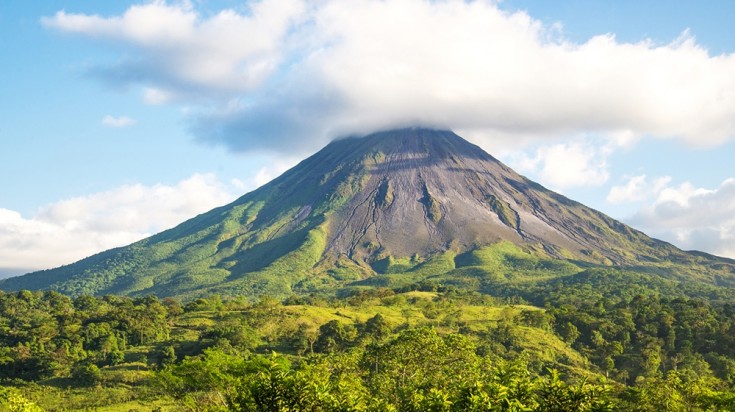
Boasting incredible views, challenging hiking spots, and a plethora of wildlife to keep you company, a tour in Arenal Volcano National Park combines the best of Costa Rican adventures in one place. The 120 sq km area is home to one of the world's most active volcanoes, giving you a glimpse of steaming cinders and lava emissions guzzling from its side.
Location: La Fortuna, Alajuela Province
Wildlife you can sight: Armadillo, resplendent, quetzal, jaguar, deer, toucans, parrot snake, and fer-de-lance
Best time to visit: June to September
Possible activities: Hot springs, safari float, ziplining, rappelling, hiking, rafting
Highlights
- Discover a lush bounty of fauna and lagoon-filled craters as you dip into one of its hot springs at the end of the day.
Lowlights
- Pining for a photo? Take heart, chances are the clouds might obscure the sight of the volcano.
- Steer away from the exclusion zone as there is a chance of running into concentrated toxic fumes and eroding rocks from the area.

Tall tropical foliage festooned with bright orchids, ferns, and moss give this cloud forest reserve a mythical reputation. Monteverde, appearing like a woodland straight out of a fairytale, is one of the best national parks to visit in Costa Rica for eco-tourism. The 105 sq. km of 6 ecological zones is largely made up of virgin forest, which is a haven for flourishing wildlife.
Location: Cordillera de Tilarán, Puntarenas Province
Wildlife you can sight: Jaguar, tapir, ocelot, quetzal, umbrella bird
Best time to visit: December to March
Possible activities: Horseback riding, cheese factory tour, butterfly garden, nature walks, hiking, ziplining, bird watching
Highlights
- Stop at the Monteverde Cheese Factory where past Quaker families who established the reserve thrived by producing dairy goods.
- Find inns and shops in Santa Elena, located on the reserve's mountaintop
- Explore the view from suspended bridges, where you can see the ground gilded with orchids, bromeliads and other flora.
Lowlights
- There are no restrooms found on the trails.
- Some trails can take more than an hour to complete; make sure you're wearing good rubber shoes and a light jacket, especially when hiking on higher elevations.
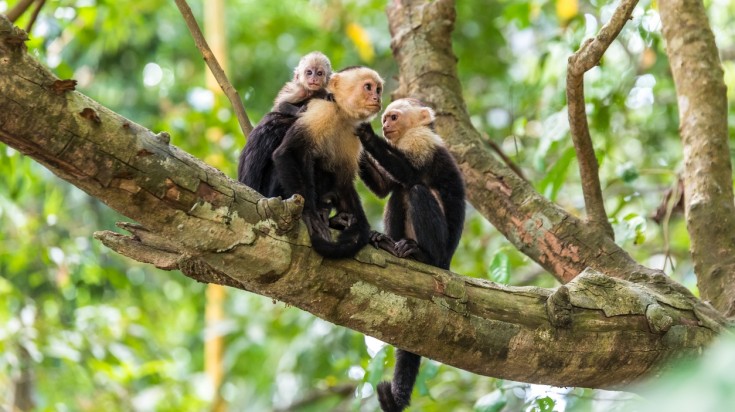
One of the best national parks in Costa Rica is the Manuel Antonio National Park. Spanning just over 6.8 sq. km of land, don't let its small size fool you; it is home to the country’s many endangered species and more than 50,000 marine hectares to revel in. Explore the lagoons, mangroves, and white sandy beaches where you can spot more than 100 species of mammals and birds.
Location: Quepos, Puntarenas Province
Wildlife you can sight: Sloth, capuchin monkey, squirrel monkey, howler, coati
Best time to visit: May to November
Possible activities: Hiking, surfing, swimming, rafting, ziplining, rappelling
Highlights
- There are 4 beaches inside the park — Espadilla Sur, Escondito, Manuel Antonio, and Playita; all of which have pristine beaches.
- See Cathedral Point between two playas
Lowlights
- Petty theft is common by raccoons and monkeys. Make sure to guard your possessions.
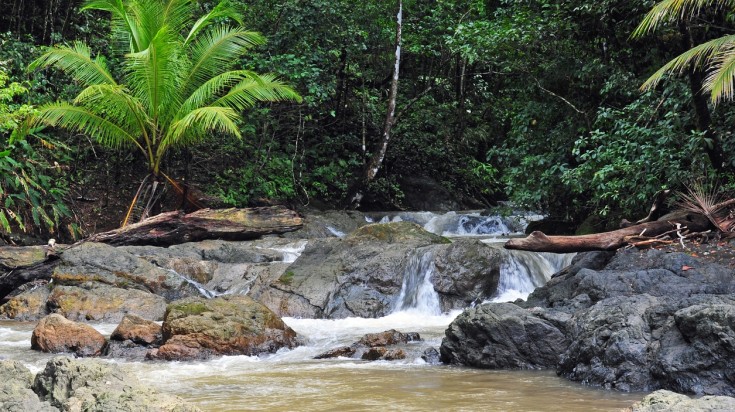
Perhaps the star of all Costa Rica's natural conserves is Corvocado National Park, stretching over a mammoth almost 420 sq. km, just about a third of Osa Peninsula. Gape at the abundance of its biodiversity and complex ecosystems, giving life to 500 tree species and 400 species of birds.
Location: Osa Peninsula, Puntarenas Province
Wildlife you can sight: Armadillo, tapir, bananaquit, brown pelican, oropendola, peccary, dolphin, fishing bulldog bat, aracari, humpback whale
Best time to visit: January to April
Possible activities: Marine observation, hiking, snorkeling, boating, horseback riding, kayaking
Highlights
- See green turtles, 140 species of mammals, and 116 species of reptiles in the area.
- A tiny landing strip in Sirena allows you to arrive by air.
- Four ranger stations are available in the area.
Lowlights
- Muddy, rugged trails are all over the park; wear good shoes when trekking.
- Be aware of the tide schedule; some marine animals may not be spotted during the high tide.
Be cautious of the crocodiles in the mangroves.

Tortuguero National Park is aptly named for its cause of protecting endangered sea turtles (tortuguero in Spanish) and its conservation efforts in providing a nesting site for varieties of the green sea turtles. Protecting more than 190 sq. km of natural habitat, this region is made up of swamps, lagoons, and marshlands, which often feed off the non-stop precipitation, making it one of the wettest regions in the country.
Location: Tortuguero, Limon Province
Wildlife you can sight: Blue jeans frog, boa constrictor, American crocodile, chestnut mandible, toucan, great green macaw, fin whale, green turtle, hawksbill sea turtle, jaguar
Best time to visit: March to October is the designated season for the breeding of green sea turtles. Leatherbacks lay their eggs from February to July.
Possible activities: Trekking, hiking, boating, turtle watching, ziplining
Highlights
- See more than 300 species of birds, varieties of reptiles, and other mammals by the trailside in your Tortuguero National Park tour.
Lowlights
- Getting to the park can be inconvenient, but there's a small airport north of the village which you can use to visit the region.
- Navigating through the park can only be done via boats.
Listed as one of the top national parks in Costa Rica is Rincón de la Vieja, which combines the beauty of stunning volcanic landscapes and pristine forests. Active peaks stretch through the Guanacaste Mountains, with nine contiguous craters making up the entire park. This unique environment offers a sanctuary for diverse flora and fauna.
Location: Guanacaste Province
Wildlife you can sight: Sloth, tapir, puma, jaguar
Best time to visit: November to April
Possible activities: Ziplining, hot springs, kayaking, hiking, boat tours, camping
Highlights
- Visitors can relax in the sulfuric hot spring 3 kilometers from the ranger station
- Adjoining waterfalls with swimming areas provide a picture-perfect trail
- Bubbling mud pools are further down the hot springs, and you can see Rincón de la Vieja's majestic peak from here.
Lowlights
- Watch out for the Von Seebach crater, which still vents streams and volcanic spurts
- For those who are camping, pack beforehand as food is not available on the site
7. Poas Volcano National Park

Home to Costa Rica's largest family of active volcanoes, Poas National Park has attracted thrill-seekers and nature lovers alike, thanks to its magnificent topography and ecological museums. Tourists can visit Poas Volcano and walk near the main crater to see the jade-colored Botos Lake. The park is flowing with lush vegetation and a small number of wildlife, still enough to inspire you.
Location: Alajuela Province
Wildlife you can sight: Quetzal, hummingbird, toucanet, sparrow, marmots, coyotes
Best time to visit: January to April
Possible activities: Hiking, ziplining, horseback riding, museum visits, nature walks, butterfly garden
Highlights
- The Botos Trail hike leads you to Botos Lake which is frequented by many birds and other wildlife.
- See coffee farms and butterfly gardens around the park.
- There are geysers that shoot up to 250 meters high.
Lowlights
- Smoke and sulfuric air is emitted near the crater.
- Due to the recent multiple eruptions from the volcano, the park’s accessibility is uncertain. Visitors will have to find out for themselves before planning a visit.

The best national parks in Costa Rica give you a chance to admire the country from all angles. When visiting, make sure to be respectful of your surroundings. These highly-popular areas are more than just tourist spots, but prized gems that play a great role in the conservation of the planet.

